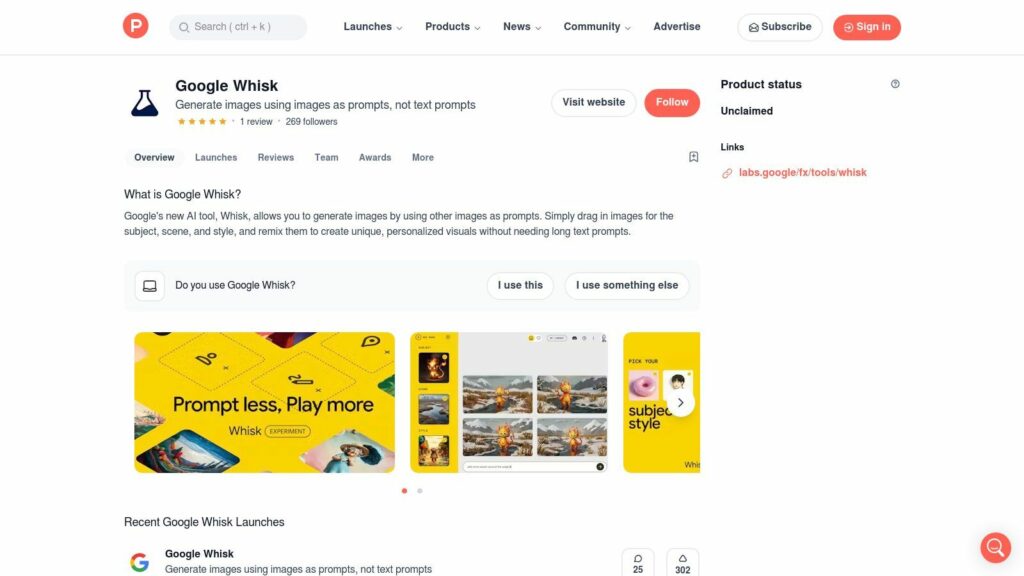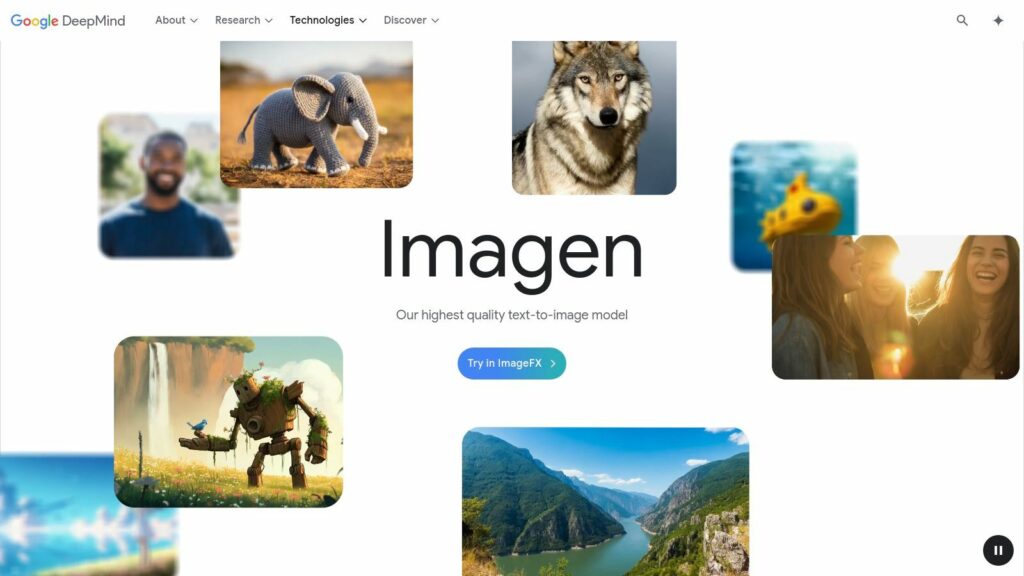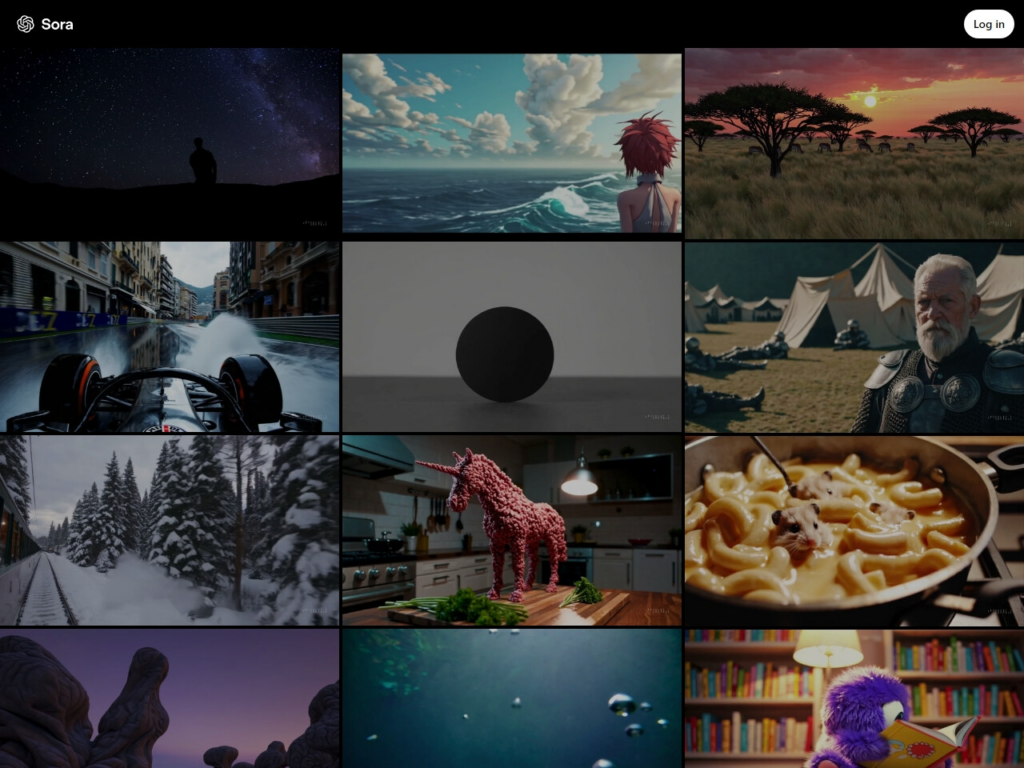7 AI Tools Design Job Seekers Need in 2025 (Tested)
7 AI Tools for Design Job Seekers in 2025
The article lists seven essential AI tools categorized for design job seekers to help them secure jobs in 2025. Key tools include:
- Designfolio.me: Quickly creates professional portfolios with auto-generated case studies.
- EnhanCV: Builds ATS-friendly resumes with templates and suggestions.
- Skillora AI: Offers voice-based mock interviews and feedback.
- Final Round AI: A real-time assistant for polishing interview responses.
- Resumeworded: Provides feedback to improve resumes and LinkedIn profiles.
- Careerflow AI: Automates job application processes via a Chrome plugin.
- Huntr: Organizes job search with tracking features for applications.
The advice emphasizes simplicity and utility, making the job search process smoother for designers.
https://uxplanet.org/best-ai-tools-for-design-jobs-2025-f19ac3fddfd0



